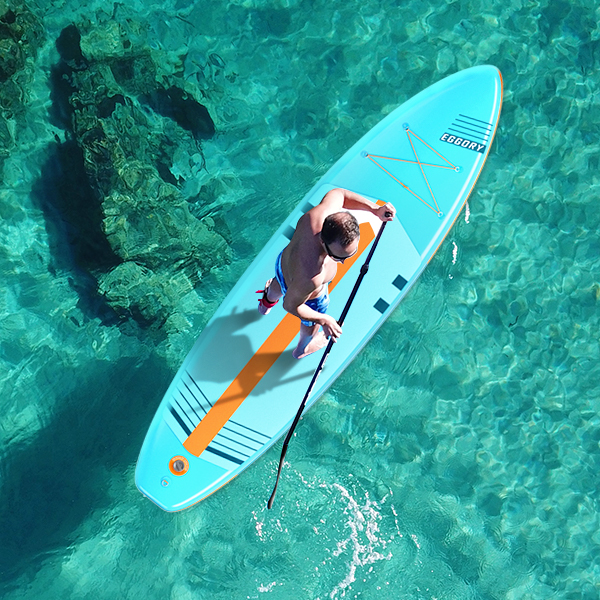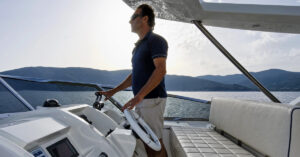Stand up paddle boarding is easily one of the most exhilarating activities one can partake in. It allows you to explore and experience the magnificence of the great outdoors and our planet’s beautiful waters. The most difficult part of stand up paddle boarding is quite literally figuring out how to approach it, but this beginner’s guide will feature a few tips bound to make the learning process simpler.
Before getting out on the water, you should probably start with purchasing an inflatable stand up paddle board. There is a plethora of stand up paddle boards out there which could surely be intimidating, but there are a few key aspects that a beginner should look for. Beginner paddle boards should be thicker, longer and wider than other boards on the market, as this offers the most stability to learn the basics. A bigger, wider board makes gaining balance easier and just feels more comfortable and stable. Inflatable paddle boards are a popular option in today’s market and they provide many benefits. Just be sure that if you go this route, that your board is properly inflated. Additionally, with stand up paddle boards comes the need for a paddle. These also come in many variations and constructions, but it’s crucial that your paddle should be 6 to 10 inches taller than yourself.
How To Paddle On Your Board
When using your paddle, be sure that it is close to your board as opposed to far away. It’s important to remember to switch the positioning of your hands whenever your paddle changes sides in order to effectively paddle your new inflatable stand up paddle board. Be sure to always hold the paddle with one hand on the shaft and the other on the top of the handle. When paddling, your bottom hand acts as the pivot point, while your top hand drives the lever. Your grip on the paddle should be shoulder-width apart because the only thing that comes from a short grip is a powerless stroke.
How To Stand Up On Your Paddle Board
Your positioning is also important when figuring out how to stand up paddle board. The most common mistake is to get into a surf stance, but this only makes paddling on flat water substantially harder. Instead, keep your feet shoulder-width apart, keep them parallel, and have your toes pointed toward the nose of the board. This positioning distributes your weight evenly between both of your legs, allowing you to maintain better control of your board and ensure balance. Moreover, don’t make your arms do the brunt of the work, let your back muscles get to work. Only using your arms will cause you to get tired faster and will negatively affect how you paddle.
As you can see, there’s quite a bit that goes into stand up paddle boarding, but none of it is too difficult. All it takes is some patience and practice and in no time, you’ll be paddling out in oceans, bays, lakes, and rivers! Get started with a new inflatable stand up paddle board today!









